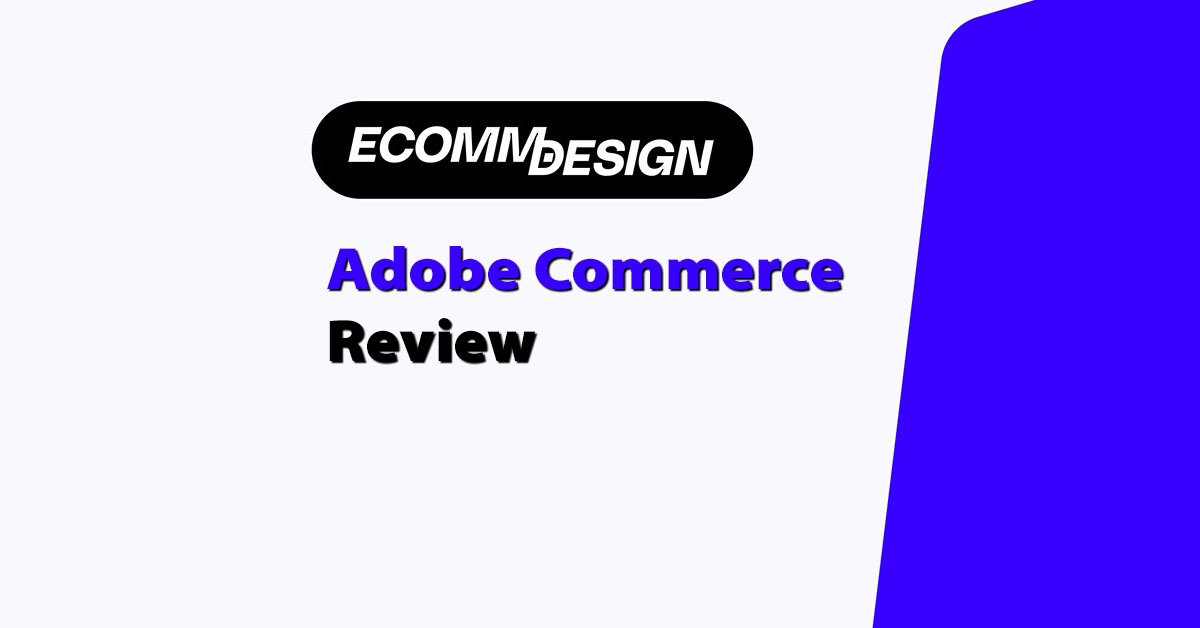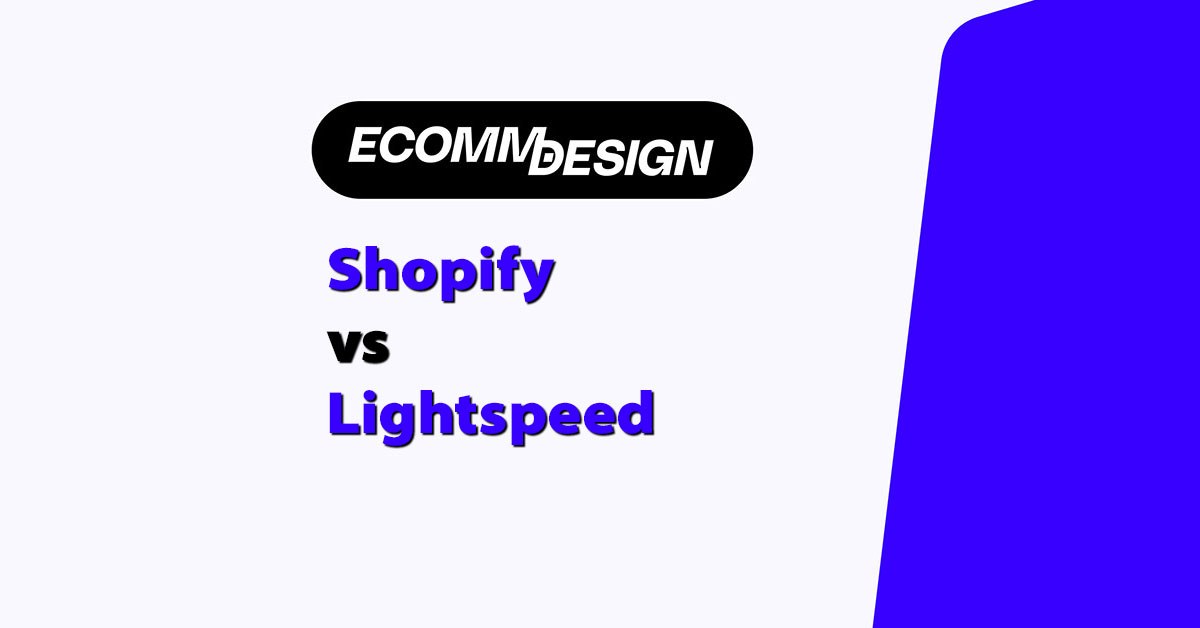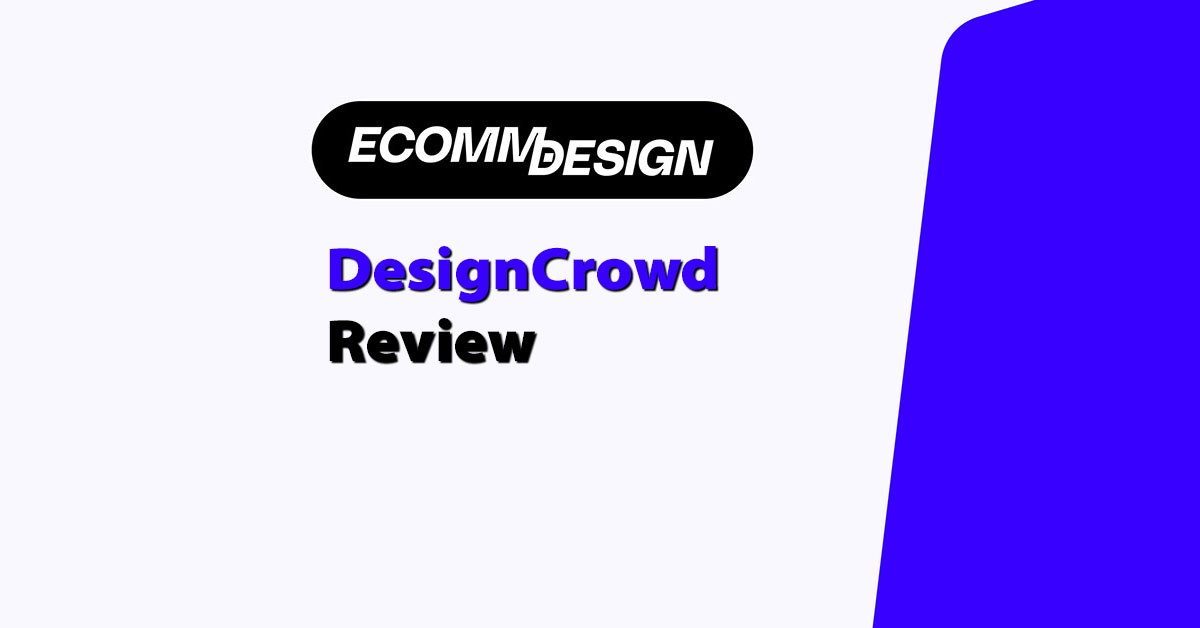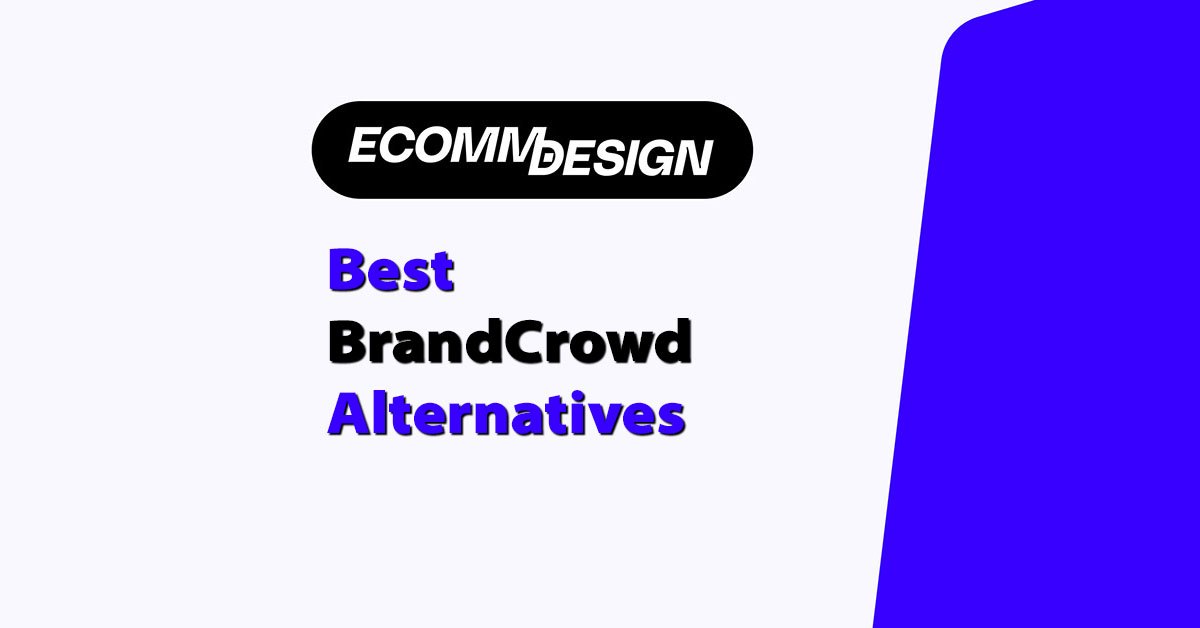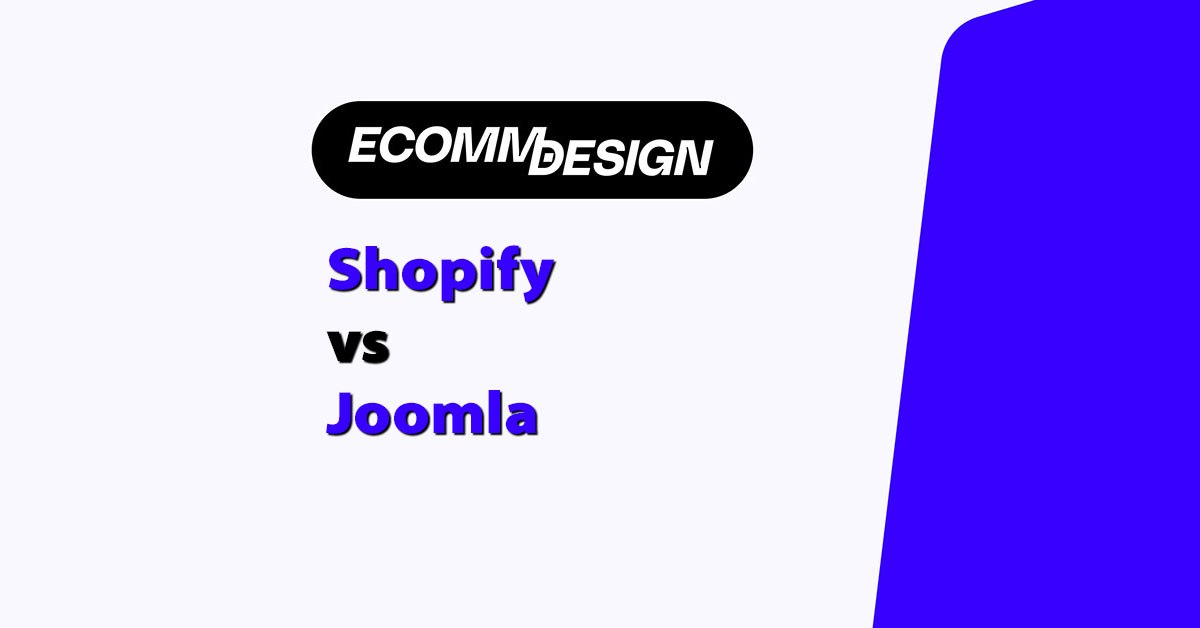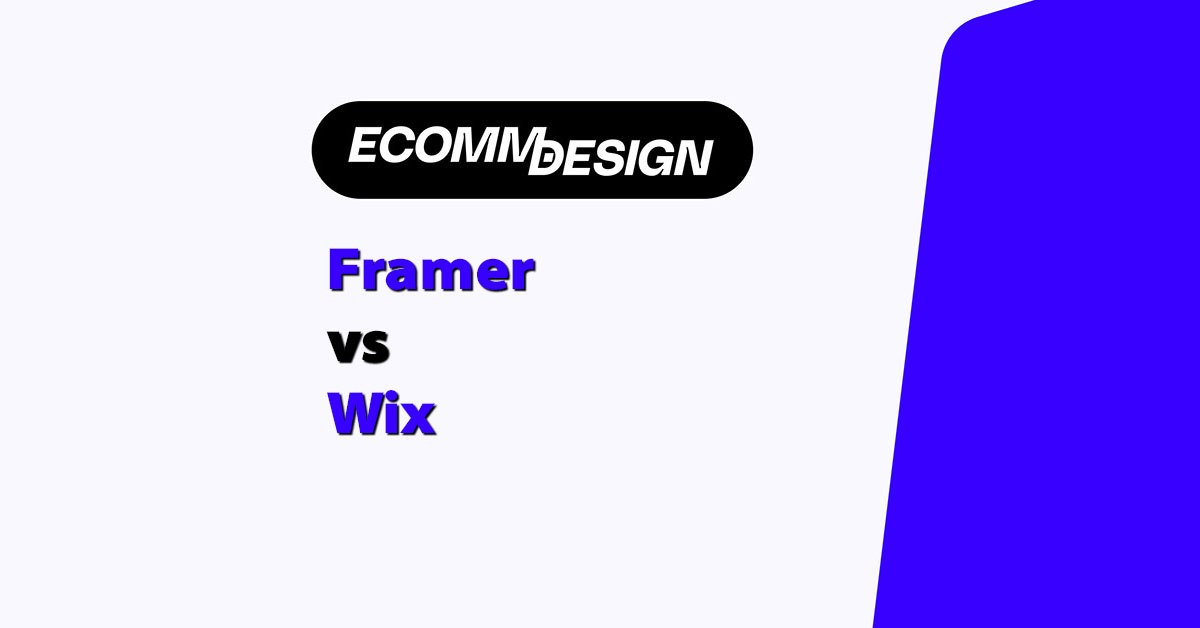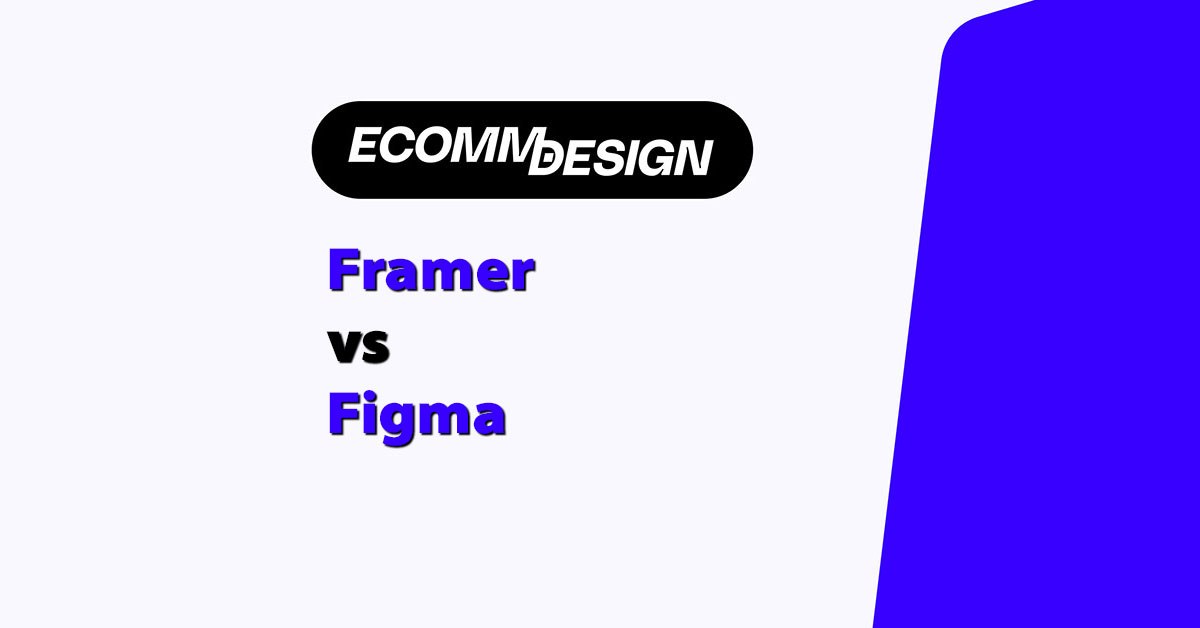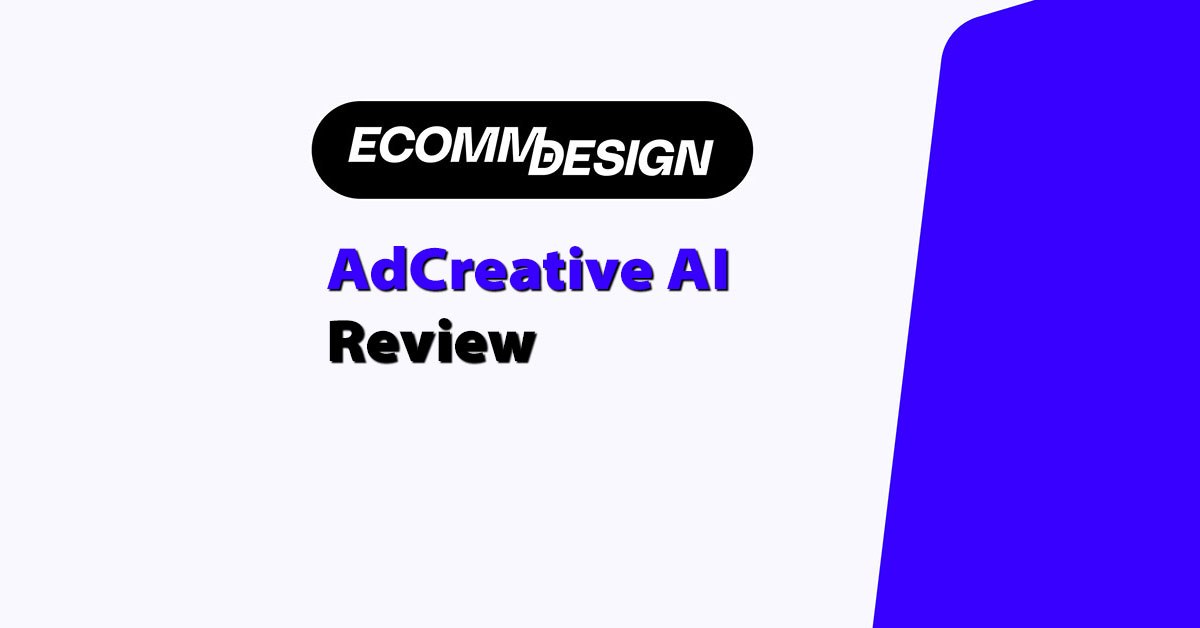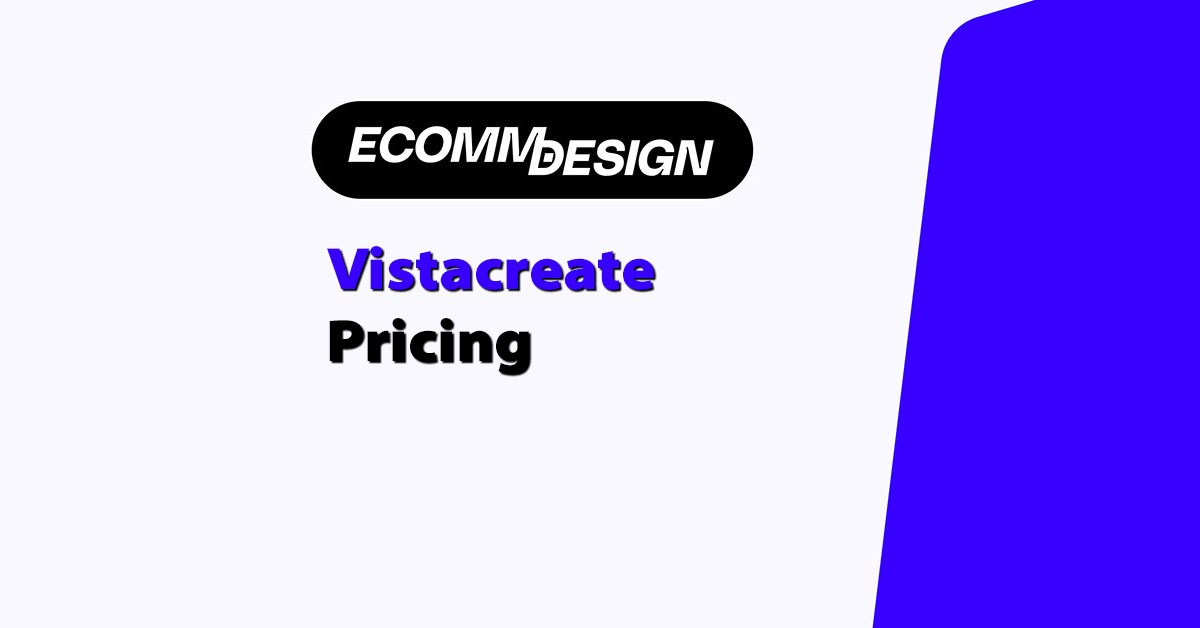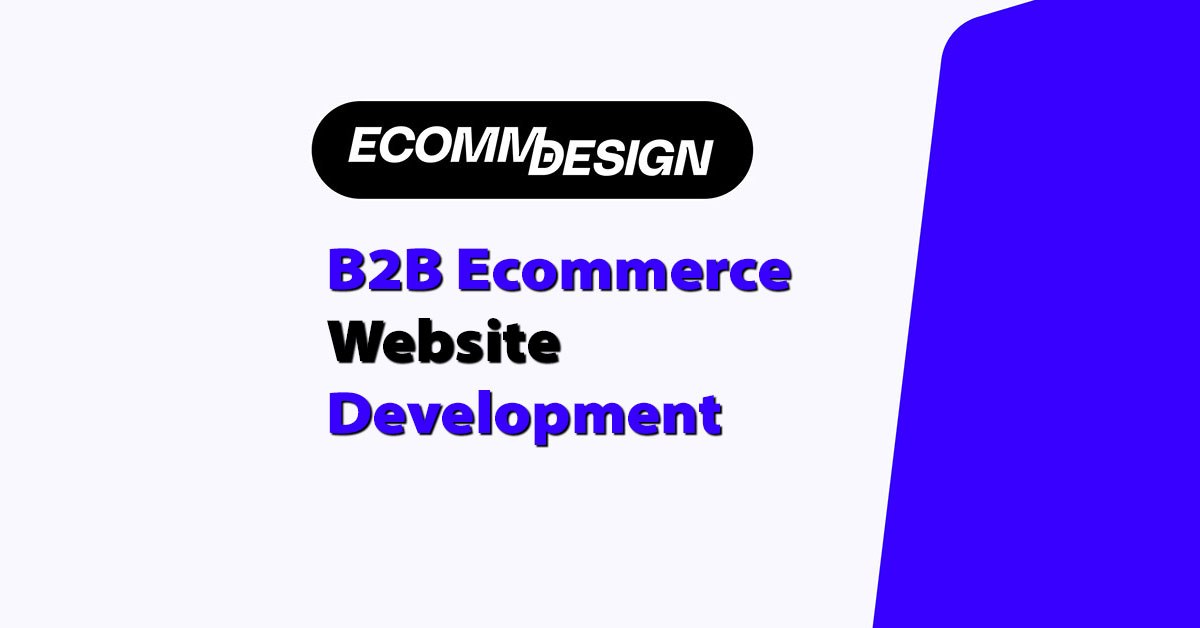
Funnelish is an ecommerce funnel builder built specifically for physical product sellers, offering checkout customization, seamless upsells, and improved PayPal syncing to help store owners scale revenue without leaving Shopify.
After spending the last year testing Funnelish across multiple ecommerce projects — from dropshipping stores to one-product brands — I’ve put together this review to give you a full breakdown of what works, what doesn’t, and whether it’s the right tool for your store.
In this review, I’ll look closely at Funnelish’s features, templates, pricing, and user experience so you can decide if it fits your business needs.
